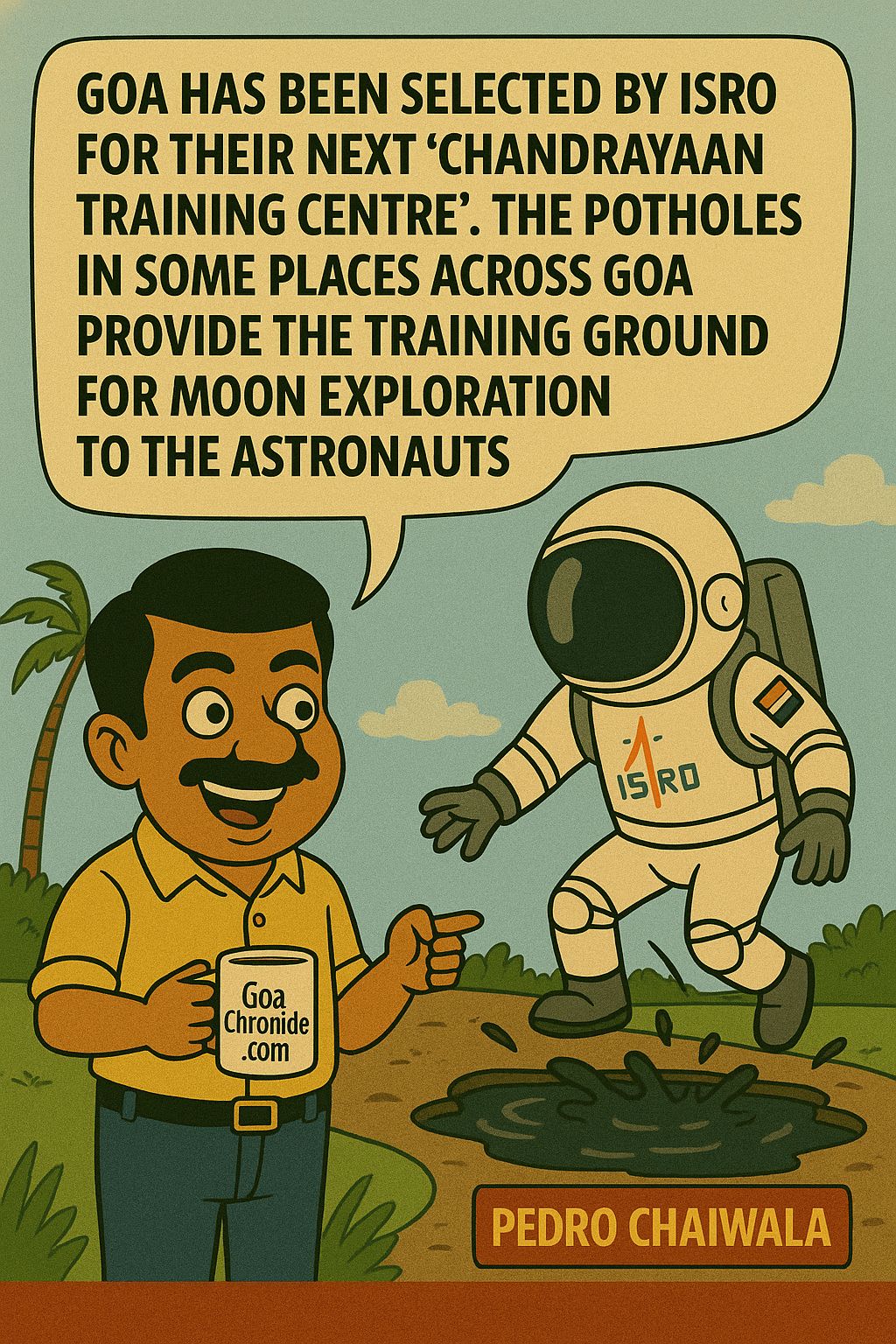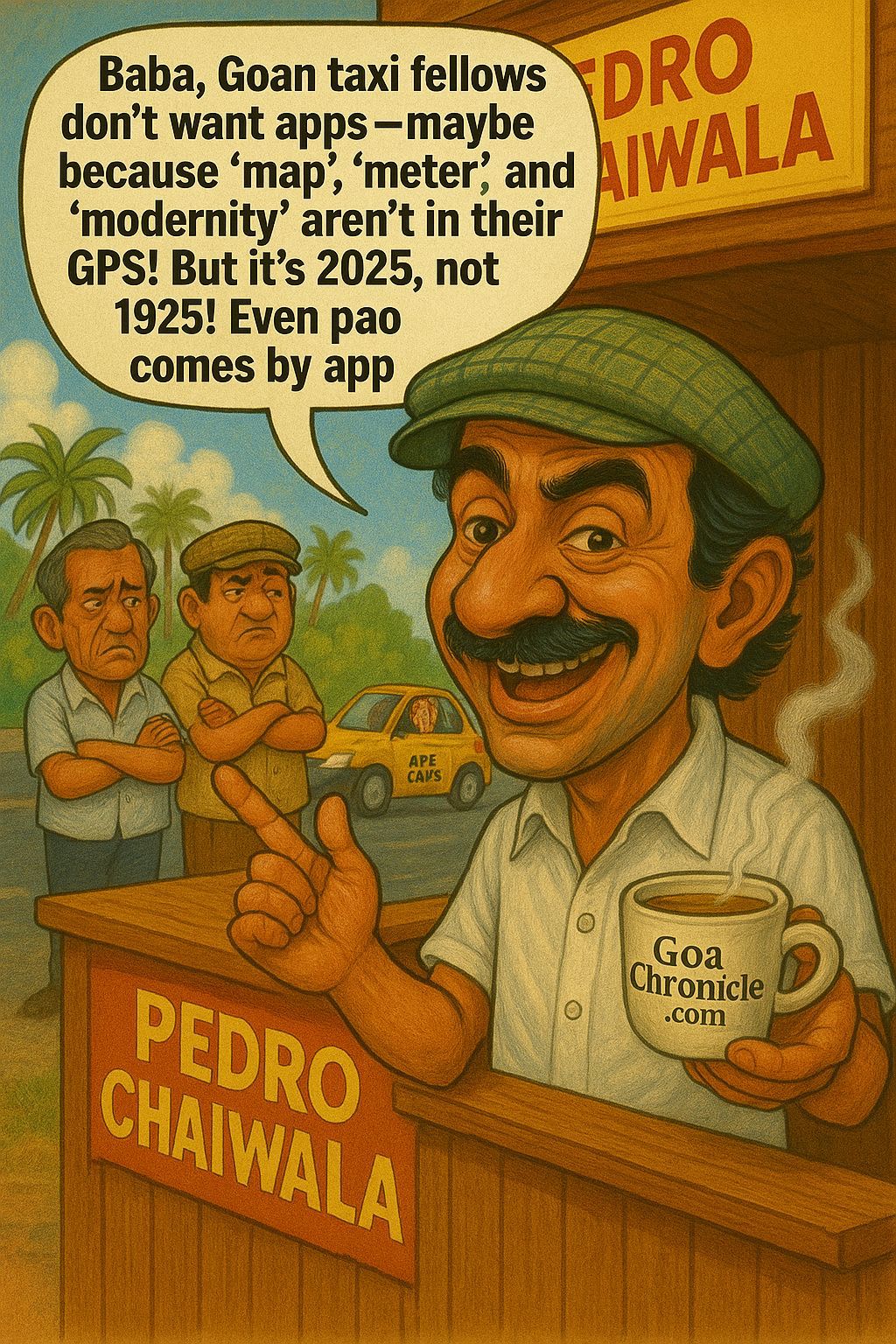Timely and meticulously researched, ‘Viksit Bharat: India @ 2047’, by author and thought leader, Aditya Pittie, provides a compelling blueprint for India’s transformation into a developed nation and global economic powerhouse by its 100th year of independence, achieving a projected economy exceeding $30 trillion.
Aditya Pittie offers readers an encyclopaedic yet highly accessible exploration across critical sectors such as economic reform, infrastructure development, digital innovation, sustainability, and social equity. Packed with strategic insights, actionable policy recommendations, extensive data, and compelling case studies, Viksit Bharat is not merely informative—it is empowering and inspirational.
This groundbreaking book stands as an unparalleled resource for policymakers, business leaders, academia, and citizens passionate about India’s future.
‘Viksit Bharat: India @2047’ is a must-read for anyone committed to understanding and shaping India’s exciting trajectory toward global prominence.
Author Aditya Pittie, in a detailed conversation with Sonakshi Datta of GoaChronicle, answered a few questions regarding the book, the research behind it, and how it serves as the right blue-print for India’s holistic development.

‘Viksit Bharat: India @ 2047’ Author Aditya Pittie
What is the one most crucial aspect that has to be kept in mind, without which, the blueprint to India becoming a developed nation cannot be considered complete?
A crucial aspect of Viksit Bharat, as envisioned by Honourable Prime Minister Narendra Modi, is the inclusive, sustainable, and equitable development of all citizens, characterized by a minimum standard of living and dignity of life. This is also rooted in the philosophy of Antyodaya as elucidated by Pandit Deendayal Upadhyay.
India’s transformation into a developed nation by 2047 depends on growth strategies that promote equitable distribution of wealth, opportunities, and resources across all sectors and regions. Without inclusive economic policies and sustainable environmental practices, the vision for a truly Viksit Bharat will remain incomplete.
India’s $4.39 trillion economy (2025, IMF) marks a milestone, but its per capita income of $2,880 highlights the long road ahead. The book stresses leveraging India’s demographic dividend and initiatives like ‘Make in India’ and ‘Digital India’ to create millions of jobs. However, growth must be equitable—reducing the Gini coefficient—through investments in education, healthcare, and rural infrastructure.
Sustainability is equally important; policies promoting green technologies and circular economy models are essential to secure long-term prosperity.
What role, do you think, the citizens of the nation are required to play for a smooth transition of India into a $30 trillion economy by 2047?
Every citizen plays a vital role. Active participation through entrepreneurship, innovation, fulfilling civic responsibilities, and backing policies focused on economic reform are essential.
The success of Viksit Bharat depends on the active involvement of all citizens. Everyone has a part to play in nation-building, from paying taxes and conserving resources to volunteering.
Prime Minister Narendra Modi’s vision for Viksit Bharat 2047 is encapsulated in the ‘Panch Pran’ or five pledges. These pledges are designed to guide the nation’s collective efforts towards achieving holistic development and self-reliance: Goal of Developed India: The foremost pledge is to make India a developed nation by 2047. This involves significant infrastructure, economy, education, healthcare, and technology advancements to elevate India’s global standing; Remove Colonial mindset: The second pledge focuses on eradicating the remnants of colonial mentality. This involves fostering pride in India’s heritage, culture, and achievements while shedding any inferiority complex rooted in colonial history.
Take Pride in Heritage: The third pledge emphasises taking pride in India’s rich cultural heritage. This includes preserving and promoting traditional knowledge, arts, and practices that reflect India’s diverse and vibrant history; Unity and Solidarity: The fourth pledge strengthens unity and solidarity nationwide. It encourages removing divisive forces and promotes harmony and a collective spirit among all Indians; Citizen’s Duty: The fifth pledge calls for a heightened sense of duty among citizens towards nation-building. It emphasises the importance of every individual’s contribution to the country’s progress, urging people to fulfil their responsibilities diligently.
The Constitution of India also provides a framework for the responsibilities of citizens. The Fundamental Duties, introduced through the 42nd Amendment in 1976 and expanded by the 86th Amendment in 2002, are essential obligations that every Indian citizen must uphold. Citizens must participate in civic duties, including voting, paying taxes honestly, supporting nation-building efforts, and fostering unity.
As Lal Bahadur Shastri emphasized, ‘Loyalty to the country comes ahead of all other loyalties.’
What facets of Indian economy and society do you think would help the most with the transition; and on the flipside, what aspects do you consider to be the biggest hurdles, and why?
The key facilitators include India’s young and dynamic demographic, robust digital infrastructure, entrepreneurial spirit, and technological advancements.
Demographic Dividend: India’s youthful population, with a median age of 28, serves as a powerhouse driving consumption and innovation.
Economic Reforms: Initiatives like Make in India (the world’s second- largest mobile manufacturer with a capacity of over 330 million phones annually), GST (₹20.18 lakh crore collections in FY23-24), and Production Linked Incentives (PLI) have increased FDI inflows (over $75 billion annually).
Digital Economy: India, with a digital payment transaction volume of ₹ 18,737 crores in FY 2023-24, and ONDC (with over 200 million transactions), establishes it as a global tech hub.
Fiscal Prudence: A stable debt-to-GDP ratio (82% in 2025) and $700 billion in foreign exchange reserves support resilience, as noted in the book’s fiscal management case study.
Conversely, the following hurdles exist: Inequality: Regional and income disparities hinder inclusive growth. The book notes uneven development, with urban areas outpacing rural ones.
Skills Gap: Despite a young workforce, education-industry misalignment leads to unemployment, necessitating accelerated progress under the Skill India initiative.
Sustainability: Industrialization strains resources (e.g., water scarcity, pollution), requiring green policies to avoid long-term costs.
Federal structure: Inconsistent state policies, as highlighted in the book, create uneven investment climates, which in turn hinder national growth.
Addressing these bottlenecks through targeted reforms, streamlined governance, and strategic investments is imperative for achieving the desired growth trajectory.
What should be that one most important advice that the policymakers of the country need to pay heed to, in order for the milestone to be reached by 2047?
Policymakers should establish consistent policy frameworks and ensure regulatory clarity. They must reduce delays, facilitate ease of doing business, and maintain policy stability regardless of political changes. Additionally, emphasizing data-driven decision-making, transparent governance, and proactive rather than reactive policies will greatly advance India’s economic and social development goals by 2047.
The most important advice for policymakers is to focus on long-term investment in human capital and sustainable infrastructure. The book highlights that reaching a $30+ trillion economy with a per capita income above $18,000 requires 9.2 percent annual nominal growth. Policymakers should prioritize education, skill development, and scaling sustainable infrastructure to promote equitable growth, to make India a global leader by 2047.
What makes, ‘Viksit Bharat: India @2047’, a must-read for all, be it policymakers, businessmen, academia, or laymen?
‘Viksit Bharat: India @2047’ is a must-read because it provides a comprehensive, actionable blueprint for India’s transformation into a $30+ trillion economy. It offers a balance sheet analysis of our current position and an extrapolation of future trends, outlining how we will achieve our 2047 targets.
Each chapter provides an in-depth review of sectors vital to India’s progress, including the economy, infrastructure development, technological innovation, social development, and environmental sustainability. However, it goes beyond analysis, providing actionable recommendations for policymakers and industry leaders alike.
It is an encyclopaedic exploration of India’s developmental landscape, supported by extensive data, case studies, and meticulous analysis. It is a must-read for every citizen!
For policy-makers, it offers a clear roadmap with milestones supported by data-driven strategies. Businesspeople gain insights into opportunities in manufacturing, startups, and emerging sunrise sectors and technologies. Academia benefits from it as a compilation of reliable information and data. For lay people, it demystifies India’s development journey so far and paints a vivid picture of the path to 2047.
It is a positive narrative that highlights the ‘everything is possible’ confidence of the new India and serves as a call to action for all citizens to actively participate in the mission for Viksit Bharat.
































